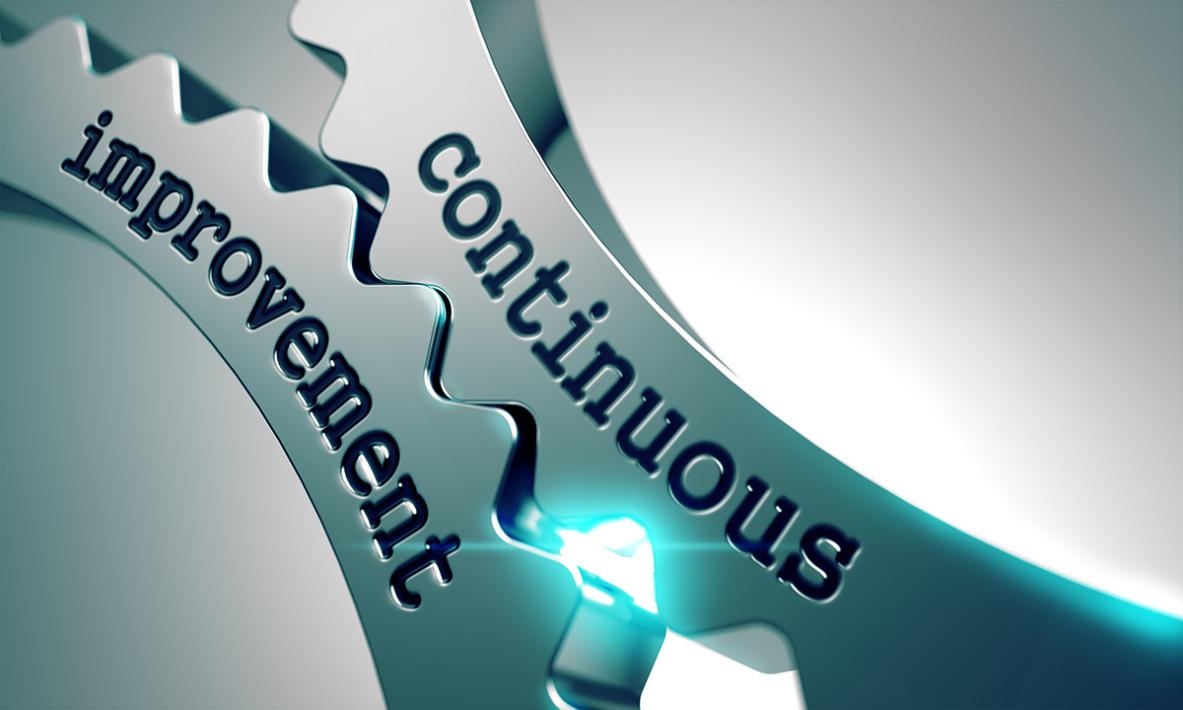Delving into the Nuances of Reinforcement Learning for Continuous Control: A Comprehensive Guide
Reinforcement learning (RL) has emerged as a powerful technique for enabling agents to learn optimal behavior in complex and dynamic environments. Its applications span a wide range of domains, including robotics, autonomous vehicles, industrial automation, finance, and economics. In continuous control, RL faces unique challenges due to the continuous nature of the state and action spaces, requiring specialized algorithms and techniques.

Fundamentals Of RL For Continuous Control
Markov Decision Processes (MDPs)
- An MDP is a mathematical framework used to model decision-making problems in RL.
- It consists of a set of states, actions, rewards, and transition probabilities.
- The agent's goal is to learn a policy that maximizes the expected cumulative reward over time.
Bellman Equation
- The Bellman equation is a fundamental dynamic programming equation that provides a recursive relationship between the value of a state and the value of its successor states.
- It is used to calculate the optimal value function, which represents the maximum expected cumulative reward achievable from a given state.
Policy Optimization
- Policy optimization methods aim to find a policy that maximizes the expected cumulative reward.
- Gradient-based methods, such as policy gradient and actor-critic methods, are commonly used for continuous control.
- The policy gradient theorem provides a framework for calculating the gradient of the expected cumulative reward with respect to the policy parameters.
Exploration Vs. Exploitation Dilemma
In RL, the agent must balance exploration, which is trying new actions to gather information, and exploitation, which is taking the actions that are currently known to be good.
Exploration Strategies
- Epsilon-greedy and Boltzmann exploration are simple and effective exploration strategies.
- Upper Confidence Bound (UCB) and Thompson Sampling are more sophisticated exploration strategies that can be more efficient in certain situations.
- Adaptive exploration strategies can adjust the exploration rate based on the agent's experience.
Function Approximation Techniques
In continuous control, the state and action spaces are typically high-dimensional, making it impractical to represent the value function or policy explicitly. Function approximation techniques are used to approximate these functions.
Linear Function Approximation
- Linear function approximation is a simple and interpretable technique that approximates the value function or policy as a linear combination of features.
- However, it is limited in its ability to represent complex non-linear relationships.
Neural Networks
- Neural networks are powerful function approximators that can represent complex non-linear relationships.
- Deep neural networks (DNNs) have been successfully used in RL for continuous control.
- Common types of DNNs used in RL include convolutional neural networks (CNNs), recurrent neural networks (RNNs), and deep reinforcement learning (DRL) architectures.
Actor-Critic Methods

Actor-critic methods are a class of RL algorithms that combine an actor, which generates actions, and a critic, which evaluates the value of states and actions.
Policy Gradient Theorem
- The policy gradient theorem provides a framework for calculating the gradient of the expected cumulative reward with respect to the actor's parameters.
- Actor-critic methods use the critic to estimate the gradient of the expected cumulative reward, which is then used to update the actor's parameters.
Common Actor-Critic Architectures
- Asynchronous Advantage Actor-Critic (A3C) is a popular actor-critic architecture that uses multiple actors and a single critic.
- Deep Deterministic Policy Gradient (DDPG) is an actor-critic architecture specifically designed for continuous control.
- Twin Delayed Deep Deterministic Policy Gradient (TD3) is a variant of DDPG that uses multiple critics and delayed updates to improve stability.
Advanced RL Techniques For Continuous Control
Model-based RL
- Model-based RL methods learn a model of the environment and then use this model to plan actions.
- Model-based RL can be more efficient than model-free RL, but it requires a good model of the environment.
Hierarchical RL
- Hierarchical RL methods decompose complex tasks into a hierarchy of subtasks.
- This can make it easier for the agent to learn and can also improve the efficiency of the learning process.
Multi-Agent RL
- Multi-agent RL involves multiple agents interacting with each other in a shared environment.
- Multi-agent RL can be used to solve cooperative and competitive tasks.
Applications Of RL In Continuous Control
Robotics
- RL has been used to teach robots to perform a variety of tasks, such as walking, grasping objects, and playing games.
- RL can also be used to optimize the performance of robots in real-world applications.
Autonomous Vehicles
- RL has been used to develop self-driving cars that can navigate complex environments without human input.
- RL can also be used to optimize the performance of autonomous vehicles in terms of safety, efficiency, and comfort.
Industrial Automation
- RL has been used to optimize the performance of industrial processes, such as manufacturing and supply chain management.
- RL can also be used to develop robots that can work safely and efficiently alongside human workers.
Finance And Economics
- RL has been used to develop trading strategies, optimize portfolios, and manage risk.
- RL can also be used to model and analyze economic systems.
Challenges And Future Directions
Despite the significant progress that has been made in RL for continuous control, there are still a number of challenges that need to be addressed.
Sample Efficiency And Data Collection
- RL algorithms often require large amounts of data to learn effectively.
- This can be a challenge in continuous control, where data collection can be expensive or time-consuming.
High-Dimensional State And Action Spaces
- In many continuous control problems, the state and action spaces are high-dimensional.
- This can make it difficult for RL algorithms to learn effectively.
Safe And Ethical Considerations
- RL algorithms can be used to develop systems that have the potential to cause harm.
- It is important to consider the safety and ethical implications of RL before deploying RL systems in real-world applications.
Reinforcement learning (RL) is a powerful technique for enabling agents to learn optimal behavior in complex and dynamic environments. In continuous control, RL faces unique challenges due to the continuous nature of the state and action spaces. However, significant progress has been made in developing RL algorithms that can effectively solve continuous control problems. These algorithms have been successfully applied in a wide range of domains, including robotics, autonomous vehicles, industrial automation, finance, and economics. As RL continues to advance, we can expect to see even more innovative and groundbreaking applications of RL in the future.
YesNo

Leave a Reply